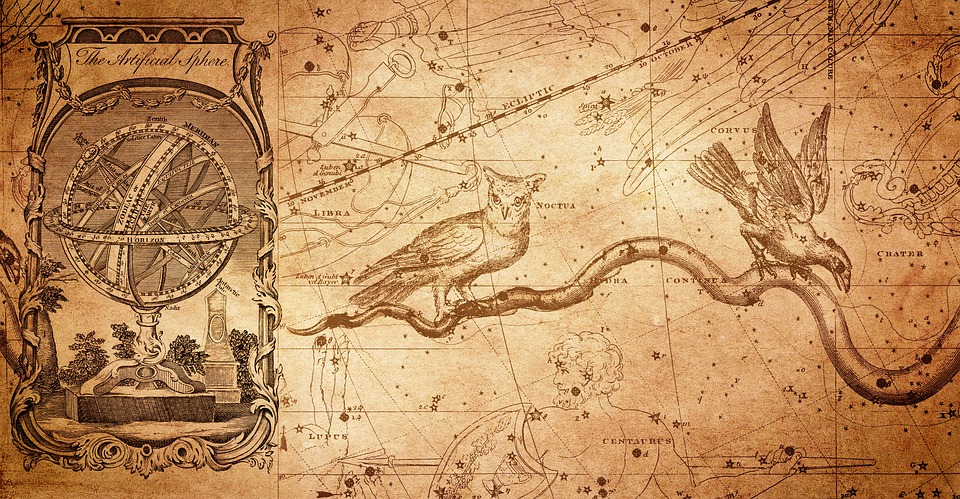Bob Trubshaw
The earliest history of Oxford reveals that the long peninsular of land at the confluence of the rivers Cherwell and Thames was used as a barrow cemetery in bronze age times – a linear barrow cemetery being situated on what is now the University Parks cricket ground, with other barrows throughout the town. However, unlike nearby Abingdon and Dorchester, Oxford was not developed in the Roman period [2]. No reason has been put forward although it is assumed that the ford was known and used at that time. Perhaps the Thames and the Cherwell formed the boundaries of three Celtic tribes (the Dubunni, the Atrebates and the Catuvellauni) leaving the peninsula as ‘liminal space’ or ‘no man’s land’. Typically, the Celts placed shrines at the boundaries of their territory, on such areas of no man’s land, the ‘placeless places’. Although no evidence has been discovered of a Celtic shrine at Oxford, the idea tantalises me as it would fit the geography and might also account for the lack of Roman settlement. For lack of any better alternative, perhaps this shrine was situated at what is now the holy well of St Frideswide at Binsey (164:485081) – see [3] for a description.

